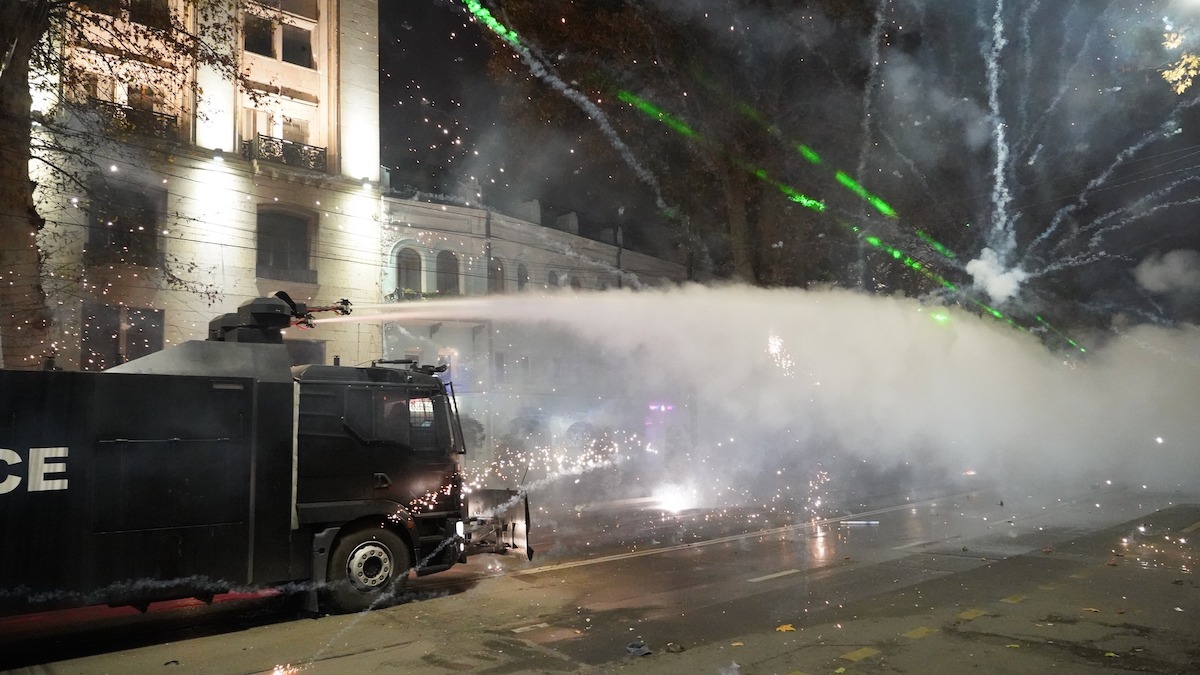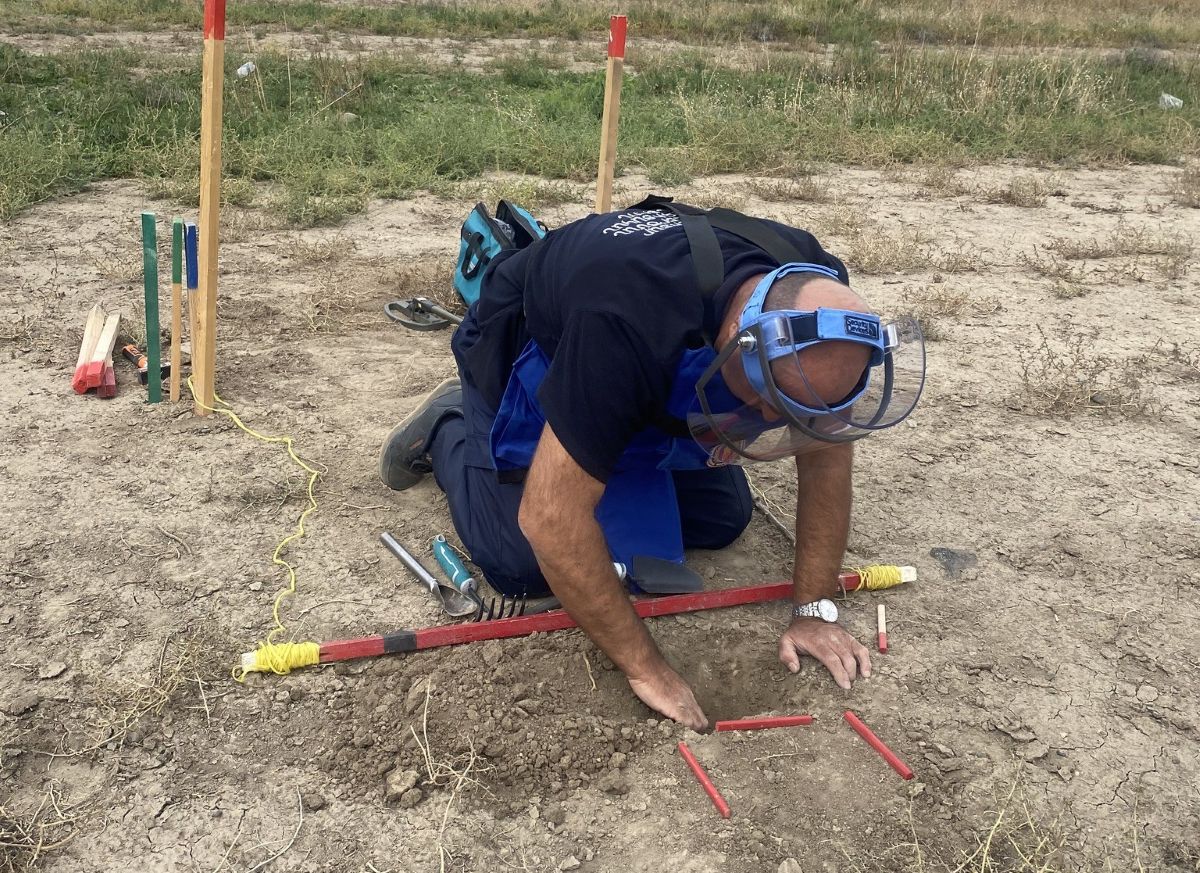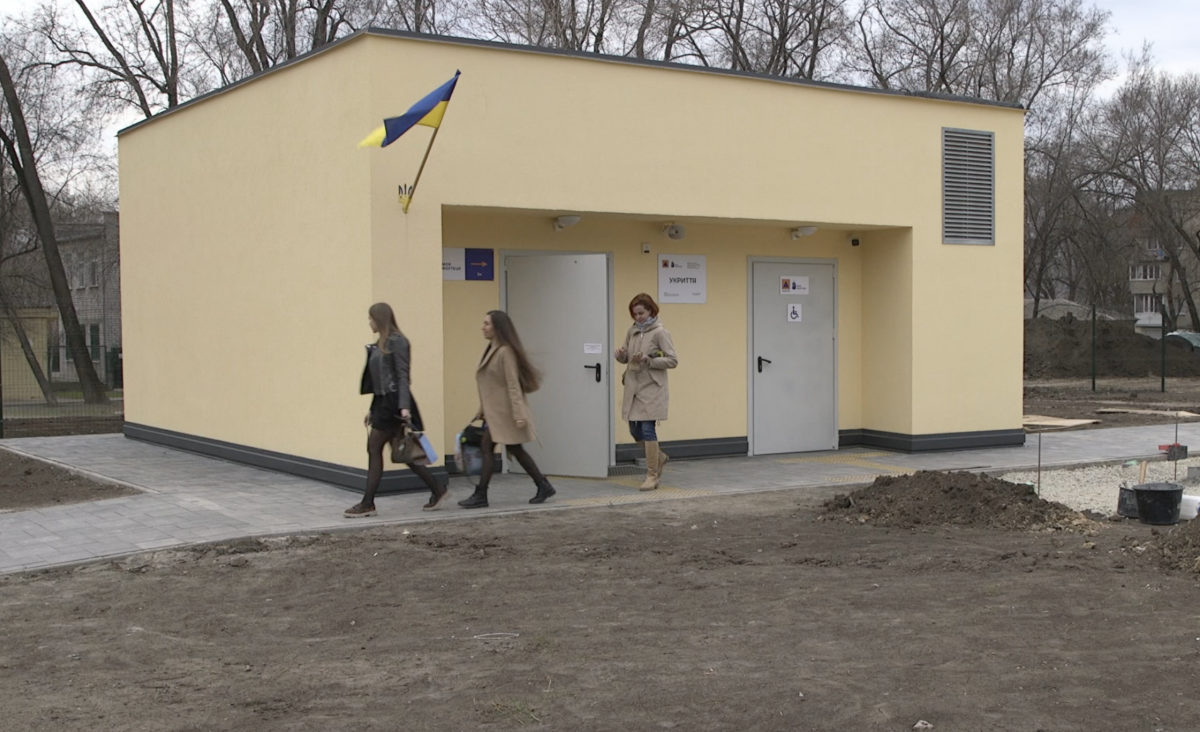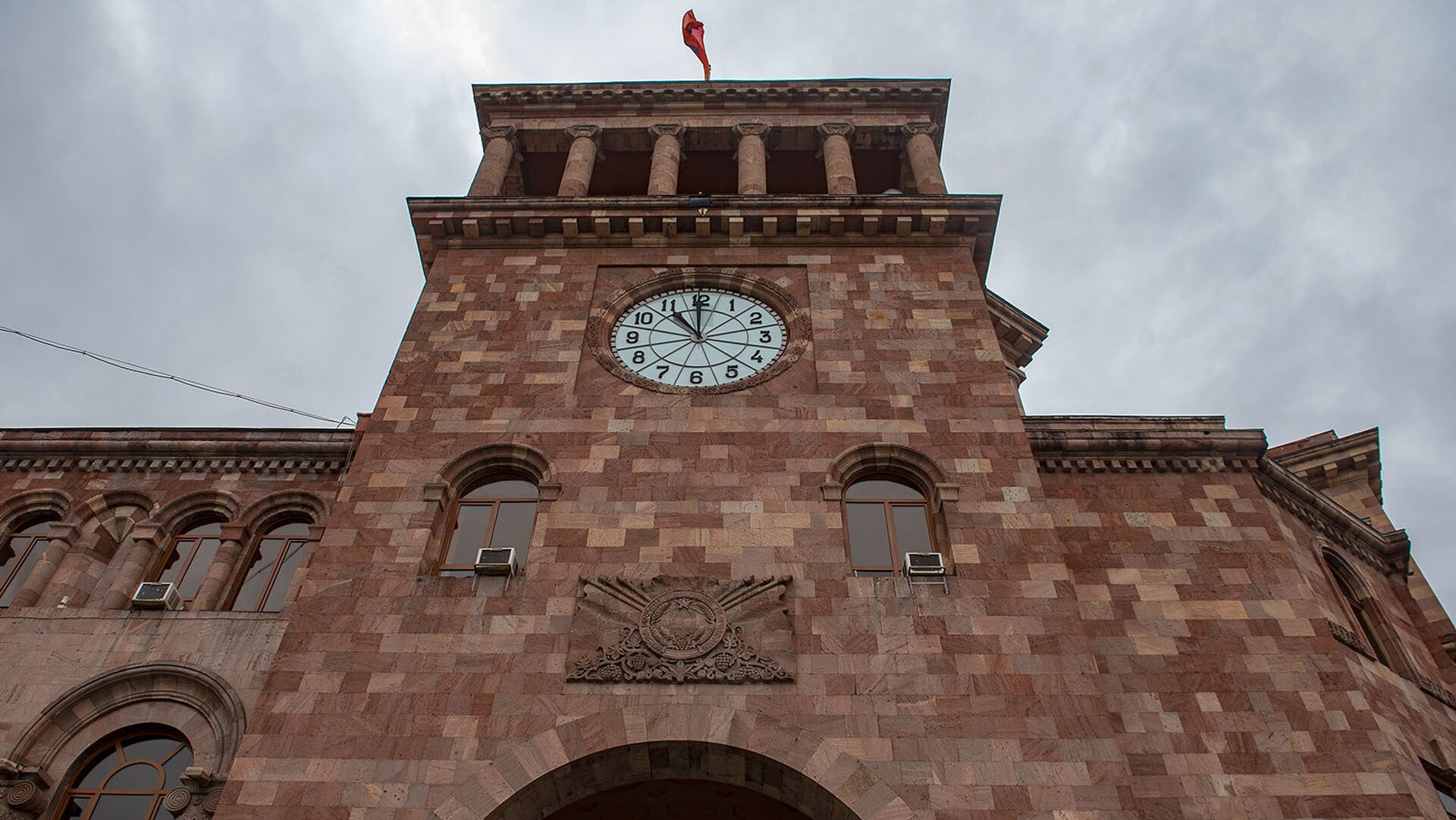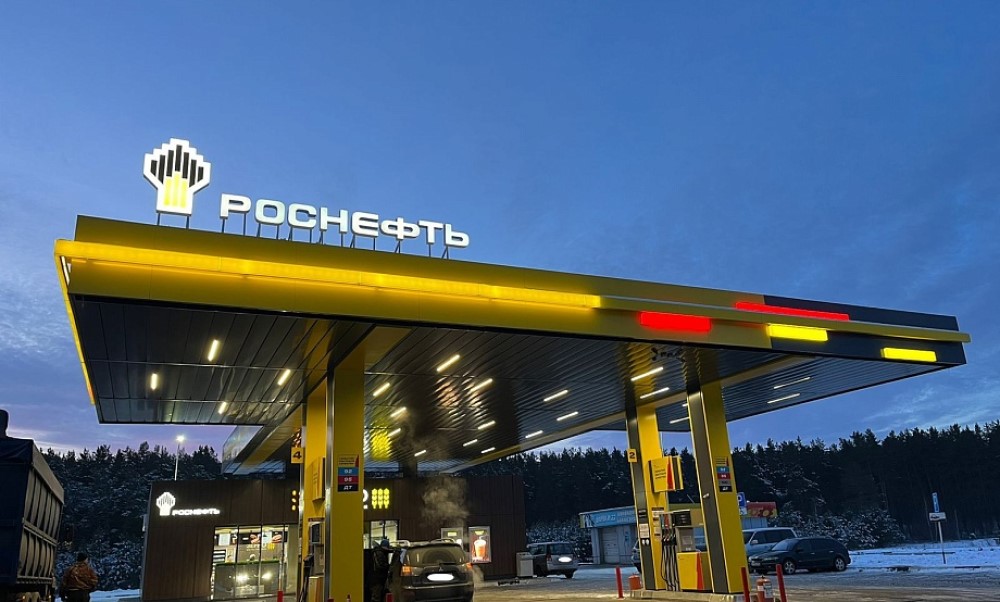Arid Ararat - the saltpan of Armenia
Who is considered lucky in Zartonk?
Agriculturally used lands in and around Zartonk village are gradually turning into a harsh, saline desert. A mere 320 out of 1700 hectares of once arable lands are suitable for cultivation.
https://www.youtube.com/watch?v=Y0M_FeTBrWQ
Naziryan’s family owns a half-hectare land plot, but only a fifth of it is cultivated. The soil surface is covered by salt and not a single crop can grow on it. According to the family members, the soil capacity continuously reduces and soon the time will come, when it will be senseless to cultivate the land.
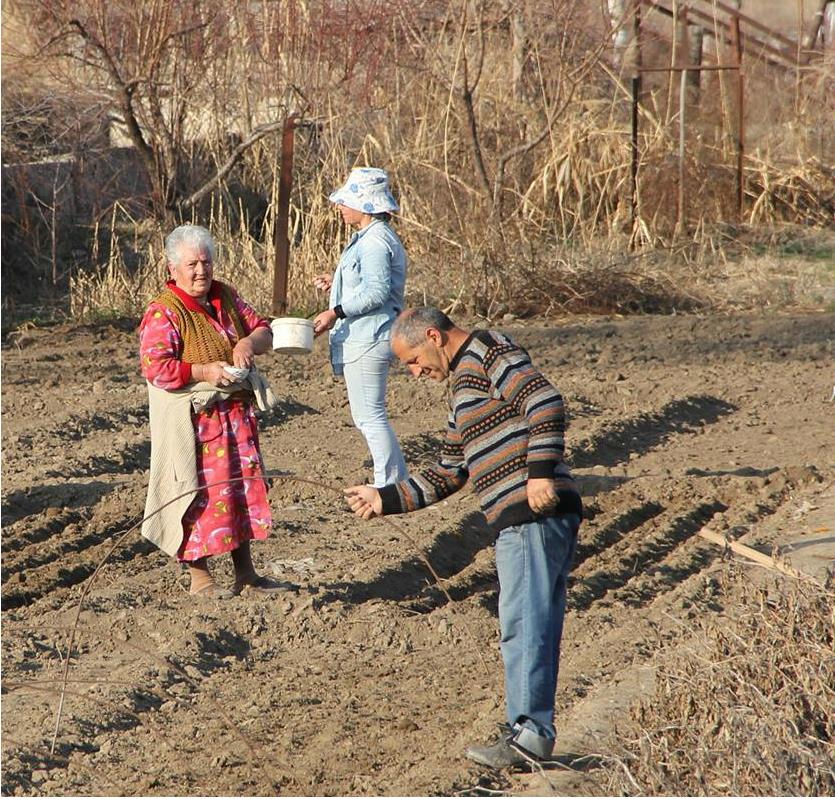
Having no sources of subsistence, many villagers had to cover their land plots with a new vegetable mold. According to Agafion, one of the Zartonk village residents, they had to transport hundreds of lorries of top soil from a neighboring village just to get a 30 centimeter layer of fertile soil. The result is that they are now able to grow crops, but are limited to cultivating only melons, water melons and gourds.
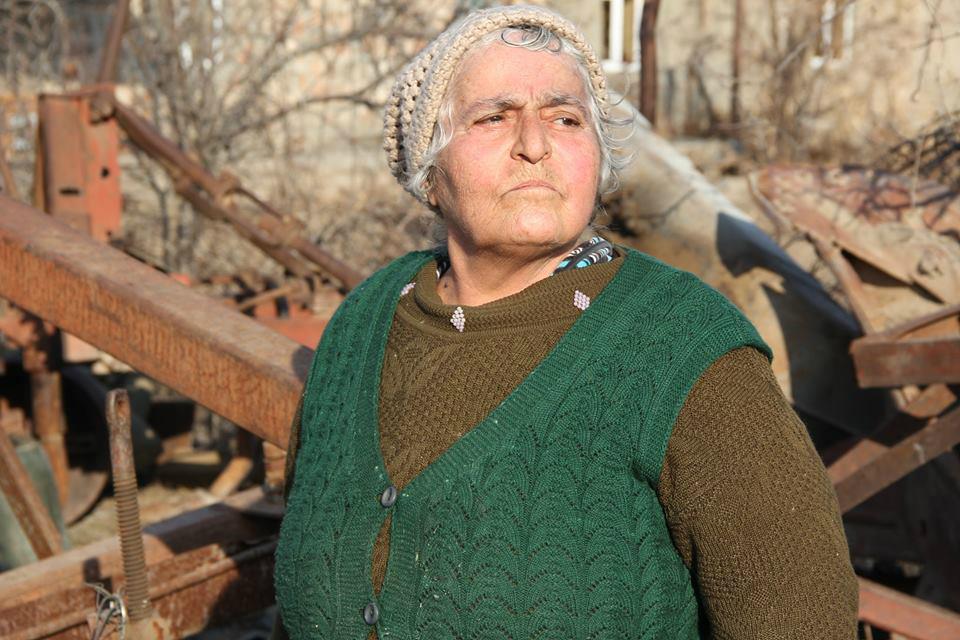
Zartonk residents have split up into two camps – lucky and unlucky people. The villagers envy each other and refer to the owners of non-saline land plots as lucky souls.
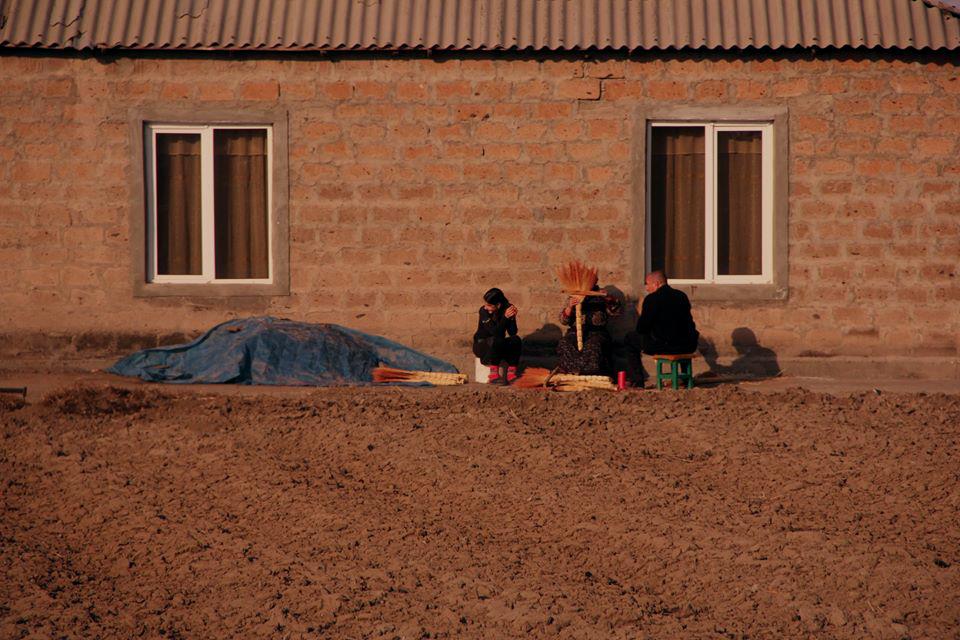
For example, Tamar Atoyan is not interested in who cultivates land in Zartonk. The only thing she knows is that her land is not suitable for agricultural work. She is indignant about it. She has leased 2 ha of land in the neighboring Masis district to provide for her family. Tamar grows nurse plants, that will be taken to her land plot in Masis, where she will cultivate water melons. Many Zartonk residents follow her suite.
How does the soil become saline
In some lowland areas of the Ararat Valley, underground water sometimes seep up onto the surface of the soil; the water evaporates, and leaves behind salt that covers the land. These periodically repeated phenomena increase the salt content in the soil to such an extent, that the vegetation vanishes. Reducing the ground water level and desalination through soil washing is the only method to preventing soil salinity.
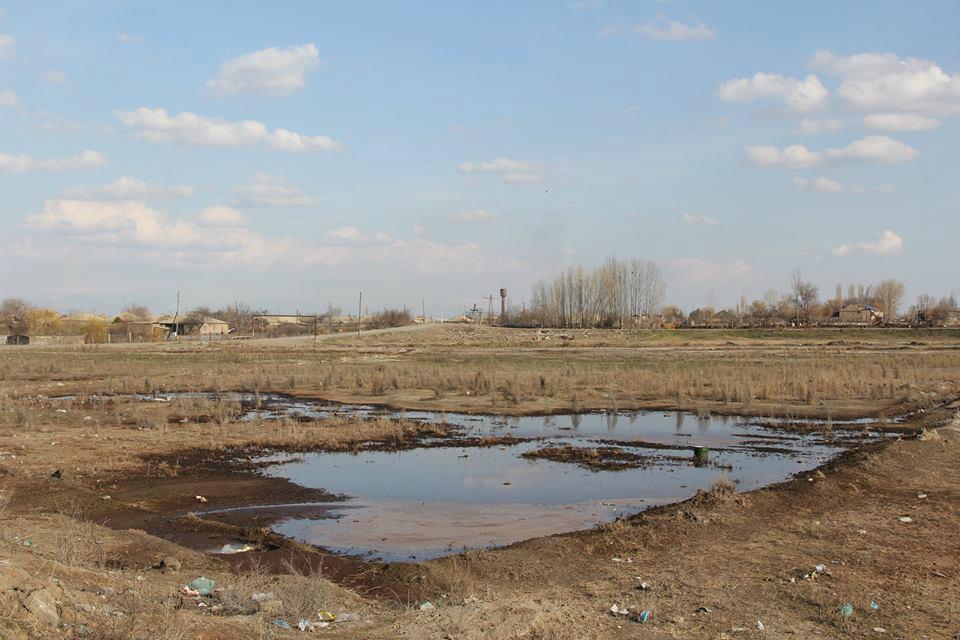
Following the collapse of the Soviet Union, the system of prevention and fight against soil salinity also fell apart.
In soviet times, there was a serious fight against this phenomenon. First of all, the underground water level was reduced and the land was desalinated using chemical agents, as well as through soil washing.
In the early 90s, nobody was dealing with this issue and 1750 ha desalinated area was affected by salt for the second time, depriving the villagers of an approximately 50 ha area annually. The open-out and closed drainage systems, reducing the underground water level, that Armenia inherited from the soviet times, were no longer functioning.
What drainage is and what problems it can solve
The drainage system is used to reduce the underground water level. There were open-out and closed drainage systems in Armenia.
A closed drainage system represents holed metal pipes laid at 3-4 meter depth. Underground water accumulating in them run to a pumping station and are used for irrigation.

The open-out drainage system solves the same problem without the application of pipes buried in the ground. Up to 4 meter deep drainage ditches are dug up and underground water run through them to the pumping station.
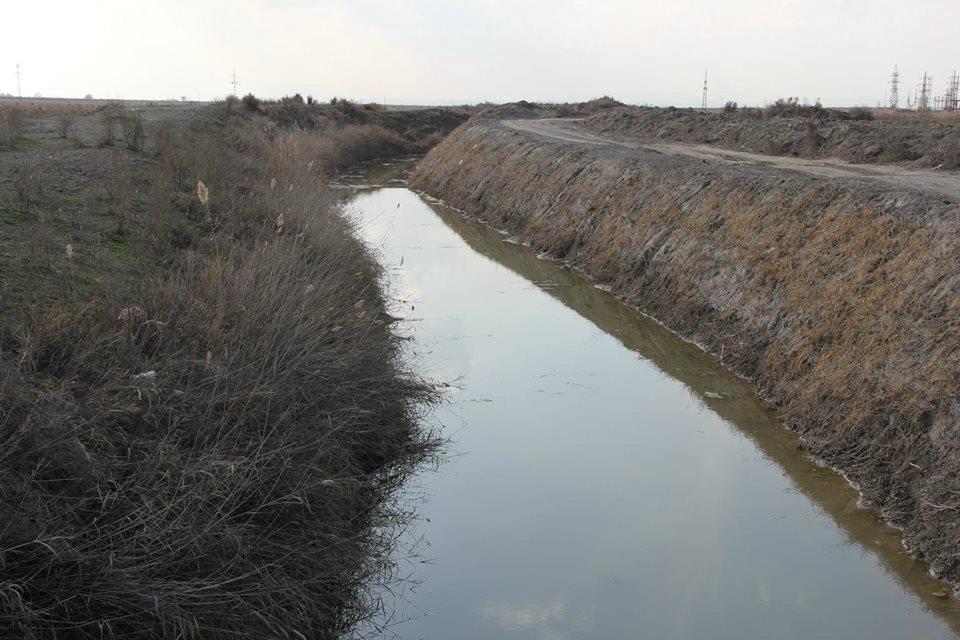
The closed drainage system could not be restored, as it had not been used for a long time. As for the open-out drainage systems, they were gradually put into operation.
The salinity threat in the Armavir region has been reduced, but the fate of almost 5000 ha of saline land still remains unresolved.

The Naziryan family tried to desalinate half of their land area through soil washing, but they failed to follow through. A year after frequent irrigation they realized that independent irrigation was an overwhelming task, because of the high tariffs for irrigation water, seeing as the process took at least 3-4 years.

The Zartonk village administration followed the same scenario. They tried to irrigate a 3ha land plot at the expense of the village reserve fund. The result was satisfactory, but a tangible outcome could not be achieved on 1380 ha land area with the community’s budget amounting to AMD 35 000 000 (a little bit more than USD 70 000). According to Paruyr Sargsyan, the village headman, favorable conditions have already been provided for soil desalination and the real results can be achieved if the state covers the irrigation costs.
Ajoyan, the secretary of Zartonk village administration, notes that the state allocates huge amounts for maintenance of the drainage systems despite the fact that they actually are inoperable at all. If those funds are used for subsidizing irrigation, there will be a more tangible effect.
Arthur Ayvazyan, a chief agronomist, also stresses the urgent need for soil desalination. Armavir’s regional administration annually brings this issue before the government. According to Ayvazyan, desalination must be performed on several village plots at once, since smaller desalinated land plots will become unusable again within a short period of time.
Other villages in the Armavir region – Yegegnut, Artashat, Arazap and Arevik, are facing the same problems.
The minister is aware
Aramayis Grigoryan, the Minister of Nature Protection, visited the region in 2015 and personally got familiar with the problem. He met with the community leadership and assured that the soil desalination problem was in the government’s focus. In his words, a special program was conceived for resolving this problem. A year has passed but there is no news on the program.
Having lost hope for the state’s assistance, the farmers lease land plots in neighboring villages. Meanwhile, the only tractor driver in Zartonk village doesn’t intend to hasten repairing his tractor before the beginning of work in spring, as there are almost no land plots for farming.
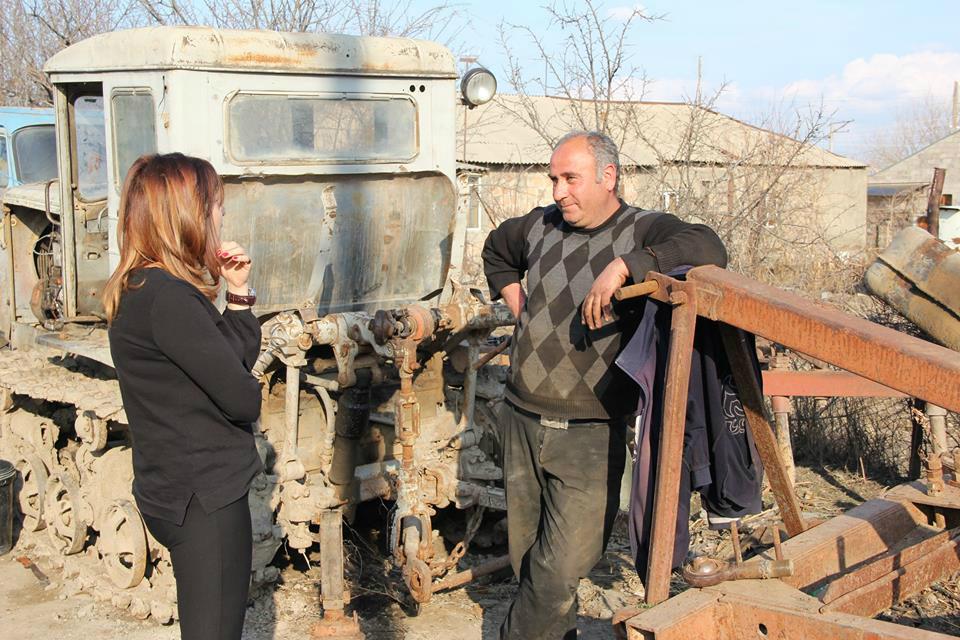
Hrachya, a tractor driver, recalls that there were many people, willing to use his services last year. However, now, there is no need for his equipment, since part of the villagers have covered their land plots with the vegetable mold. So, there is no need to cultivate the land. Some other villagers’ plots have become covered in salt and turned into a desert.
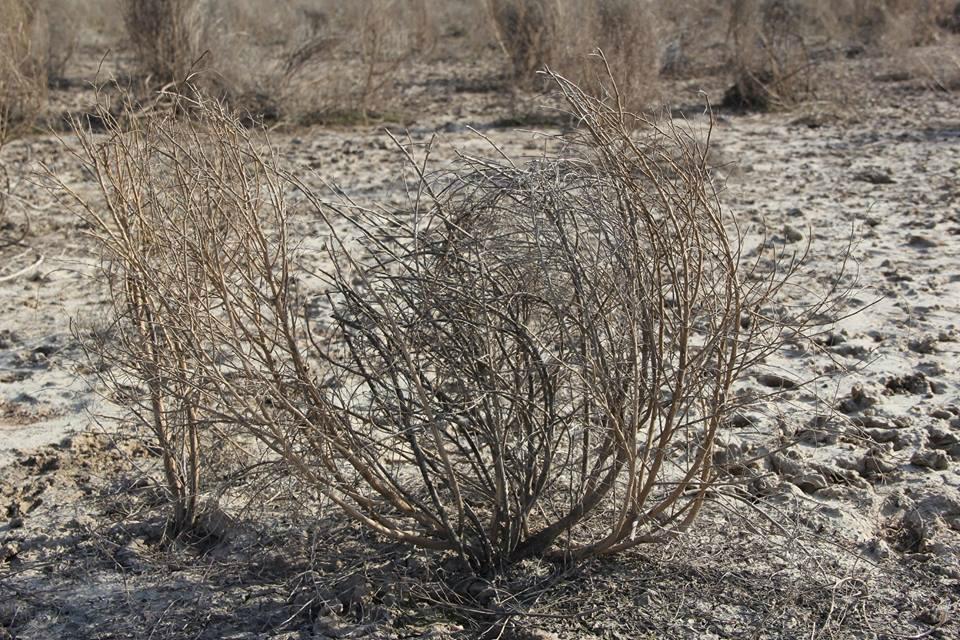
In Agafion’s opinion, in Zartonk, agriculture has become a kind of hobby, rather than an income source. Here people cultivate salt-resistant crops – corn, sorgo and hop-clover (medicago). Regrettably, there is little demand for them at the market and they bring no profit. In other words, that will hardly help to provide for the family.
Published: 15.03.2016











